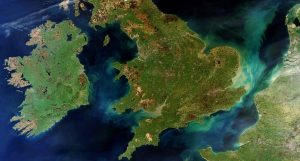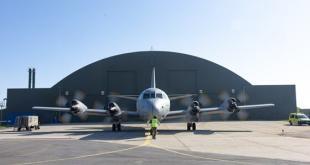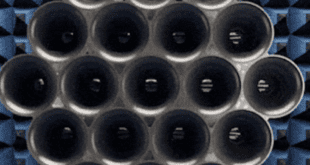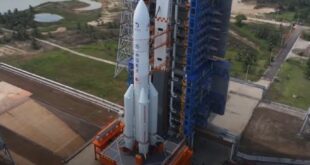
Inmarsat is set to move its European Aviation Network out of London as a result of the Brexit threat. The move, expected to happen before April, will see EAN operate out of Luxembourg but Inmarsat itself will remain headquartered in London.
In a statement, the company said: “With effect from the date of Brexit (29 March 2019), Inmarsat Ventures SE, the entity which was granted the MSS 2GHz award and national licences, will no longer satisfy the establishment condition required pursuant to the MSS 2GHz award as a result of the UK leaving the EU,” Inmarsat said in its statement. “To this end, Inmarsat Ventures SE will be redomiciled in Luxembourg, meaning that the award and national licences will be retained at all times by Inmarsat Ventures SE.”
The company has a licence which allows it to operate S-band services on its EAN service within the European Union. EAN, in partnership with Deutsche Telekom, supports inflight connectivity across all member states of the EU as well as Switzerland and Norway. EAN combines high capacity satellite coverage with a complementary 4G LTE ground network to provide high-speed connectivity across the 30 European nations.
With European air traffic forecast to double over the next decade, the European Aviation Network is designed to grow capacity to match accelerating demand. Initially combining Inmarsat’s multi-beam S-band satellite with nearly 300 Deutsche Telekom ground towers, the service is cost-effectively scalable. Bandwidth multiplies rapidly by increasing the number and density of towers enabling flexibility to meet the pace of change in the future.





